White bed sheets can elevate the aesthetics of a bedroom, offering a clean, crisp, and fresh look. However, over time, even the most pristine linens can lose their brightness and develop a yellowish hue. If you're dealing with discolored sheets and want to restore them to their original white glory, you're in the right place. In this guide, we’ll explore why white sheets turn yellow and share various effective methods and ingredients you can use to make them white again.
Why Do White Sheets Turn Yellow?
The reasons why white sheets turn yellow are multifaceted, but they primarily stem from body oils, sweat, lotions, and even certain laundry detergents. Over time, these substances break down on fabric, causing discoloration. In addition, improper washing, inadequate rinsing, or using too much detergent can leave residues on the sheets, contributing to the yellowing. Environmental factors, such as exposure to sunlight, can also cause oxidation in the fabric, leading to a yellowish tint.
Fortunately, you can combat these issues with simple, natural ingredients and the right laundering techniques. Let's take a closer look at some of the most effective whitening ingredients.

6 Common Bleaching Ingredients
To bring your white sheets back to life, several ingredients can work wonders in removing stains, breaking down oils, and restoring brightness. Let’s explore each option in detail:
1. Lemon
Lemon juice is a natural and effective bleach alternative that is both gentle on fabrics and harsh on stains. Its acidity can help break down oils and stains, while its fresh scent leaves linens smelling invigorating. Plus, lemon has natural bleaching properties that can lift yellowing, especially when combined with hot water.
2. Vinegar and Baking Soda
A powerhouse combination for cleaning and whitening, vinegar and baking soda work together to neutralize odors, lift stains, and remove detergent residue. The acidity of vinegar helps to dissolve grime while baking soda acts as a gentle abrasive to scrub away the buildup on the fabric. This duo is perfect for a more natural approach to whitening.

3. Borax
Borax is a mineral powder often used in laundry for its stain-fighting and whitening properties. It softens water, which allows detergents to work more effectively and helps remove yellowing from sheets. Borax is particularly useful when dealing with hard water that might contribute to dingy linens.
4. Bleach
Chlorine bleach is the most commonly used solution for whitening linens. It’s highly effective at removing stubborn stains and brightening fabrics, but it should be used with caution. Overuse of bleach can weaken the fibers of your sheets, making them more prone to tearing. It’s best used sparingly and only when necessary.
5. Liquid Bluing
Liquid bluing is a more specialized product that adds a hint of blue to the fabric, counteracting the yellowish tone and making sheets appear whiter. It doesn’t actually clean or bleach fabrics but instead creates an optical illusion of whiteness by neutralizing yellow hues.
6. Hydrogen Peroxide
Hydrogen peroxide is a gentle alternative to bleach and can be just as effective at whitening. It works by releasing oxygen, which breaks down stains and whitens the fabric without the harsh effects of chlorine bleach. It’s particularly good for delicate sheets and works wonders on mildew or mold stains.
How to Whiten Sheets - 4 Steps
Now that we’ve explored various ingredients to restore the whiteness of your sheets, let’s look at the process. By following a systematic approach, you can maximize the effectiveness of each method.
1. Pre-Soak
The first step is to pre-soak your sheets in a solution of hot water and your chosen whitening agent. Whether you're using lemon juice, vinegar, or borax, allow the sheets to soak for at least 30 minutes. This gives the ingredients time to break down stains and lift oils embedded in the fabric. For more stubborn yellowing, you can leave them to soak overnight for a deeper clean.
2. First Cycle
After soaking, transfer your sheets to the washing machine. Use the hottest water temperature that is safe for your fabric and add your preferred detergent along with your whitening ingredient. If you're using bleach, it’s important to dilute it according to the manufacturer’s instructions to avoid damaging the fabric. Run the machine on a regular cycle.
3. Second Cycle
Once the first cycle is complete, inspect your sheets. If they’re not as white as you’d like, repeat the wash cycle. This second cycle should also include your whitening ingredient, but you can add a bit more for a stronger effect. You can also add a cup of vinegar during this cycle to remove any lingering detergent buildup.
4. Dry
After completing the washing process, check to see if the sheets are sufficiently white. If they are, you can either air-dry them outside or tumble-dry them on a low heat setting. If you air-dry them outside, the sun can act as a natural bleaching agent, helping to further brighten the sheets.

Conclusion
But if the above methods don't help your sheets become white, then it's time to replace them! Sheets also need to be replaced and washed regularly to keep them clean. Souver sheet provides sheets in a variety of colors, including fitted sheets, and you are welcome to purchase replacements at any time. The purchase details page provides information on the material and size of the sheets, please check carefully.
Frequently Asked Questions
How to Whiten Sheets Without Bleach?
If you’re looking for a bleach-free way to whiten your sheets, there are plenty of effective natural alternatives. Here are a few options:
- Lemon Juice: The natural acidity in lemon juice works as a mild bleach alternative, brightening sheets and breaking down stains.
- Vinegar and Baking Soda: This dynamic duo neutralizes odors, lifts stains, and removes detergent residue. Mix half a cup of vinegar with half a cup of baking soda in your wash.
- Hydrogen Peroxide: A gentler alternative to bleach, hydrogen peroxide helps whiten sheets without the harsh chemicals.
- Borax: This mineral powder softens water, allowing detergents to work more effectively while also lifting yellowing and stains.
All of these options can brighten your sheets without the need for chlorine bleach, which can be harsh on delicate fabrics over time.
Why Did My White Comforter Turn Yellow After Washing?
Yellowing of white comforters after washing is often caused by a buildup of body oils, sweat, or leftover detergent that wasn’t fully rinsed out. The heat from washing or drying can also set these stains into the fabric.
Here are a few reasons why this might happen:
- Using Too Much Detergent: Excess detergent can leave residue behind, which can yellow fabrics over time.
- Not Rinsing Thoroughly: Inadequate rinsing can trap oils and residues, leading to discoloration.
- Heat: High temperatures from washing or drying can set stains, particularly from sweat or oils, causing yellowing.
To prevent this, make sure to wash comforters in the proper water temperature and rinse thoroughly. You may also want to pre-soak your comforter in a natural whitening solution (such as vinegar and baking soda) to break down stains before washing.
Does Baking Soda Whiten Bed Sheets?
Yes, baking soda can help whiten bed sheets! It’s a natural deodorizer and a mild abrasive, making it effective for lifting stains and breaking down body oils that contribute to yellowing. It works by enhancing your detergent’s cleaning power and can help remove stubborn stains while keeping your sheets fresh and smelling.
To use baking soda for whitening:
Add half a cup of baking soda to your regular laundry detergent.
Run your sheets through a wash cycle with hot water (check fabric care instructions for the safest temperature).
This simple addition can restore the whiteness of your sheets and keep them odor-free.
How to Remove Blood Stains from Bed Sheets?
Blood stains can be tricky, but with prompt treatment, they can be removed from bed sheets. Here’s a step-by-step guide to getting rid of them:
- Act Quickly: The sooner you treat the stain, the better. Fresh blood is much easier to remove than dried blood.
- Cold Water Rinse: Always use cold water for blood stains. Hot water can set the stain into the fabric. Rinse the stained area under cold running water to remove as much blood as possible.
- Apply Baking Soda Paste: Create a paste by mixing baking soda and cold water. Apply the paste to the blood stain and gently rub it in. Let it sit for 15-20 minutes, then rinse.
- Hydrogen Peroxide: For stubborn stains, pour hydrogen peroxide (3%) directly onto the stain. Let it bubble up for a minute, then blot with a clean cloth.
-
Wash as Usual: Once the stain is treated, wash the sheets in cold water with a regular detergent.
For older or dried blood stains, you may need to repeat the process a few times. If the stain persists, try using an enzyme-based stain remover designed for protein stains, which can break down the blood more effectively.
Read more:
What size sheets fit Emperor mattress flat sheet
How to clean pee from mattress
Duvet cover vs bedspread

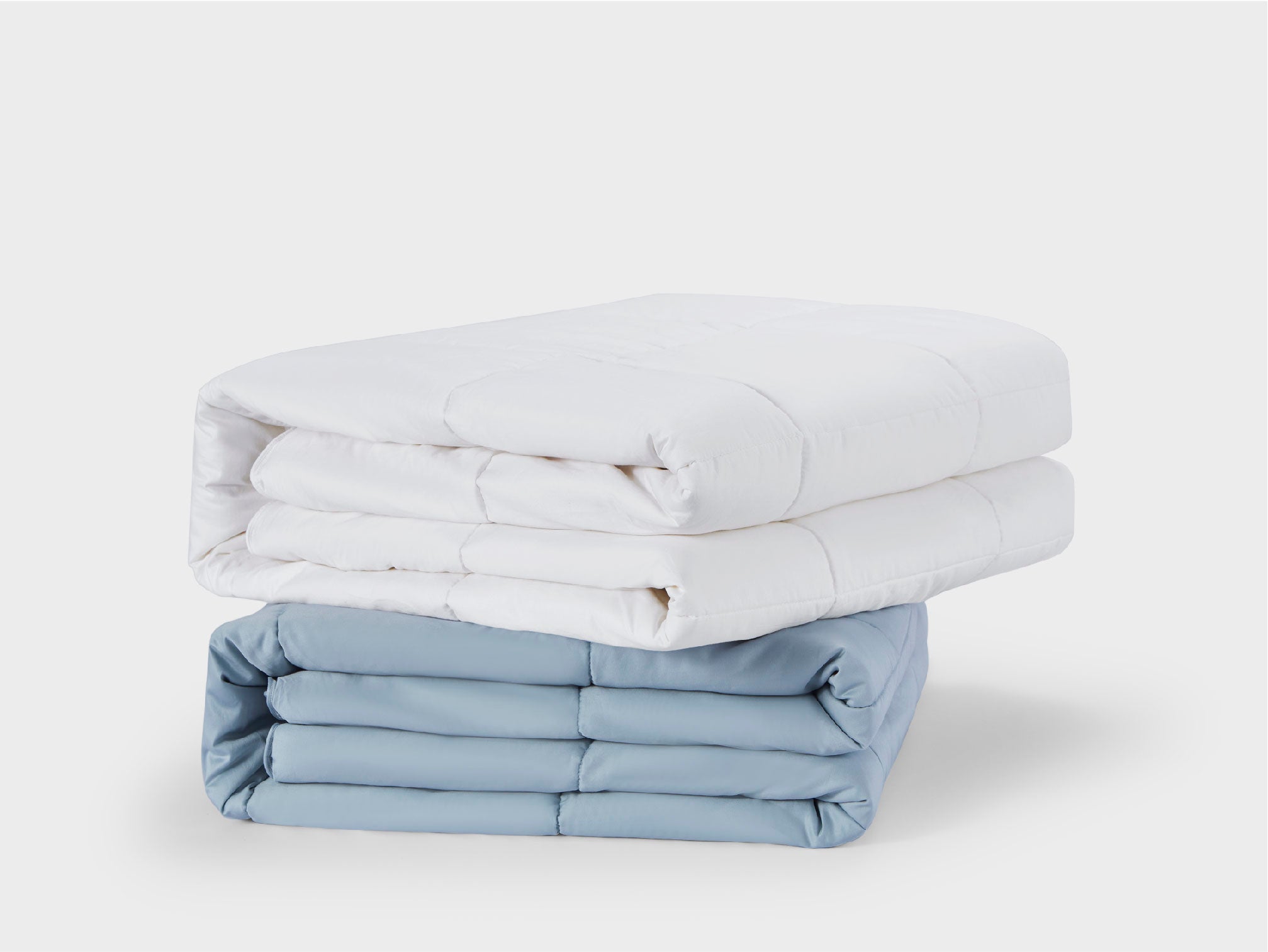
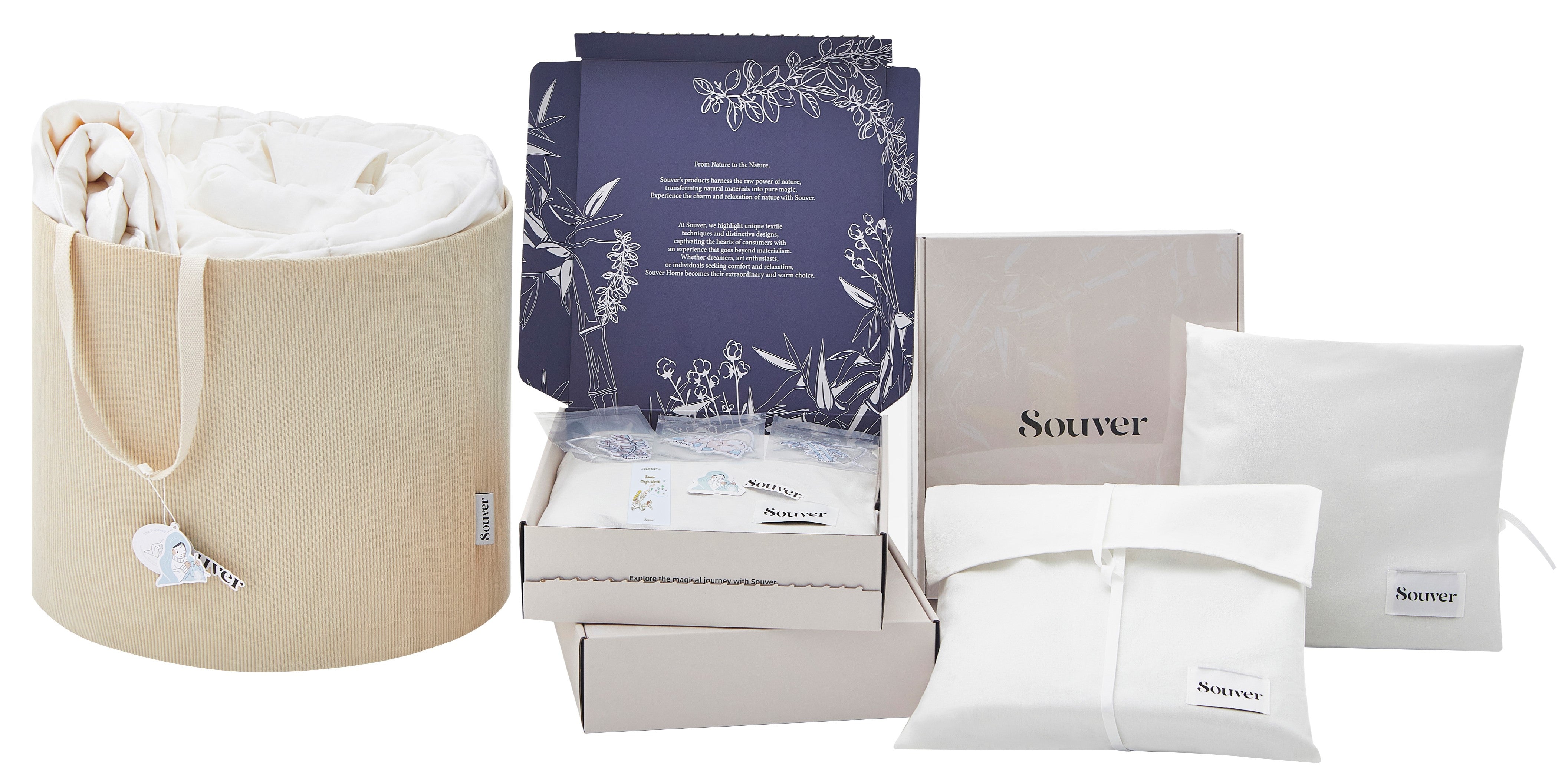
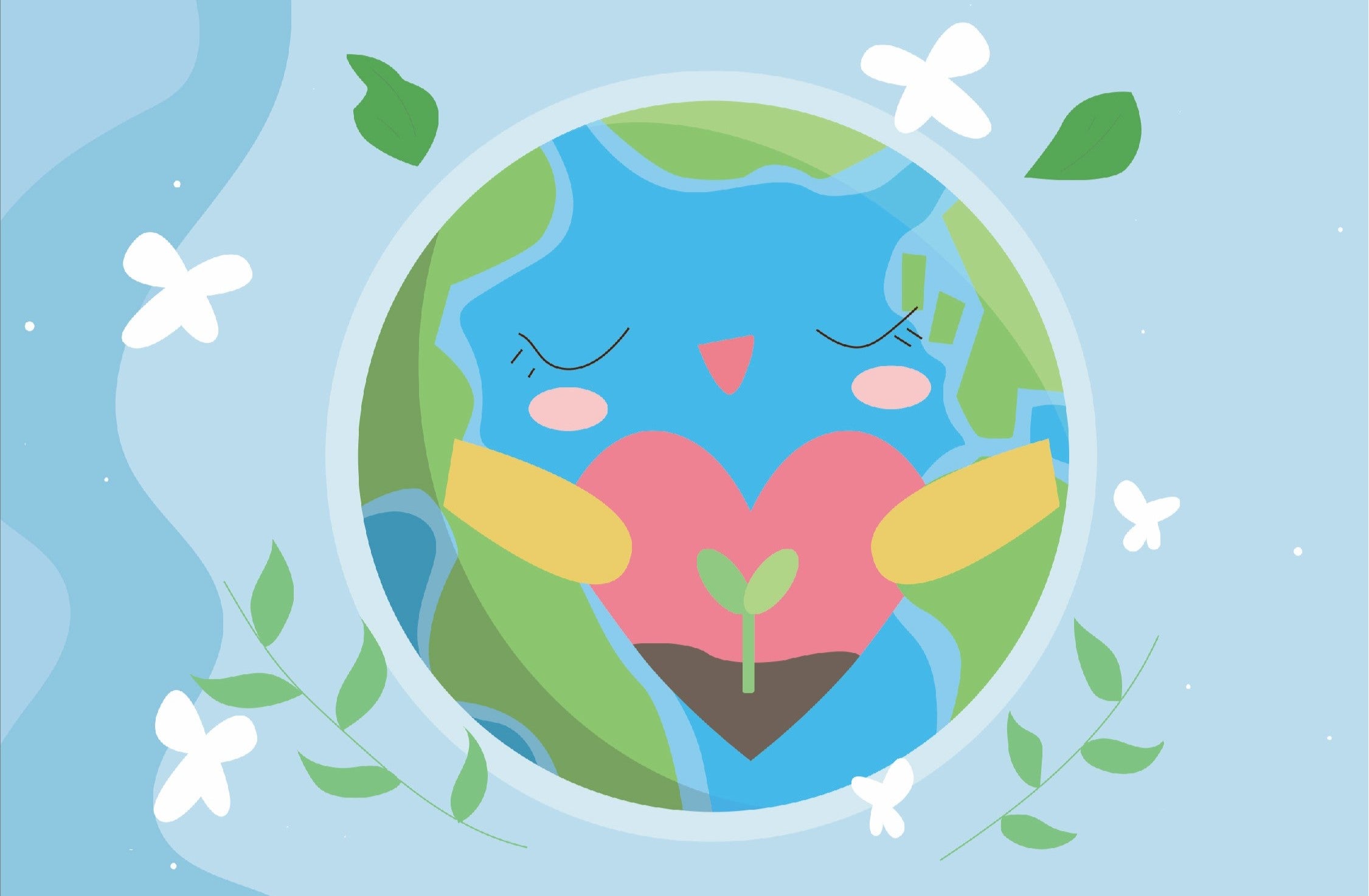
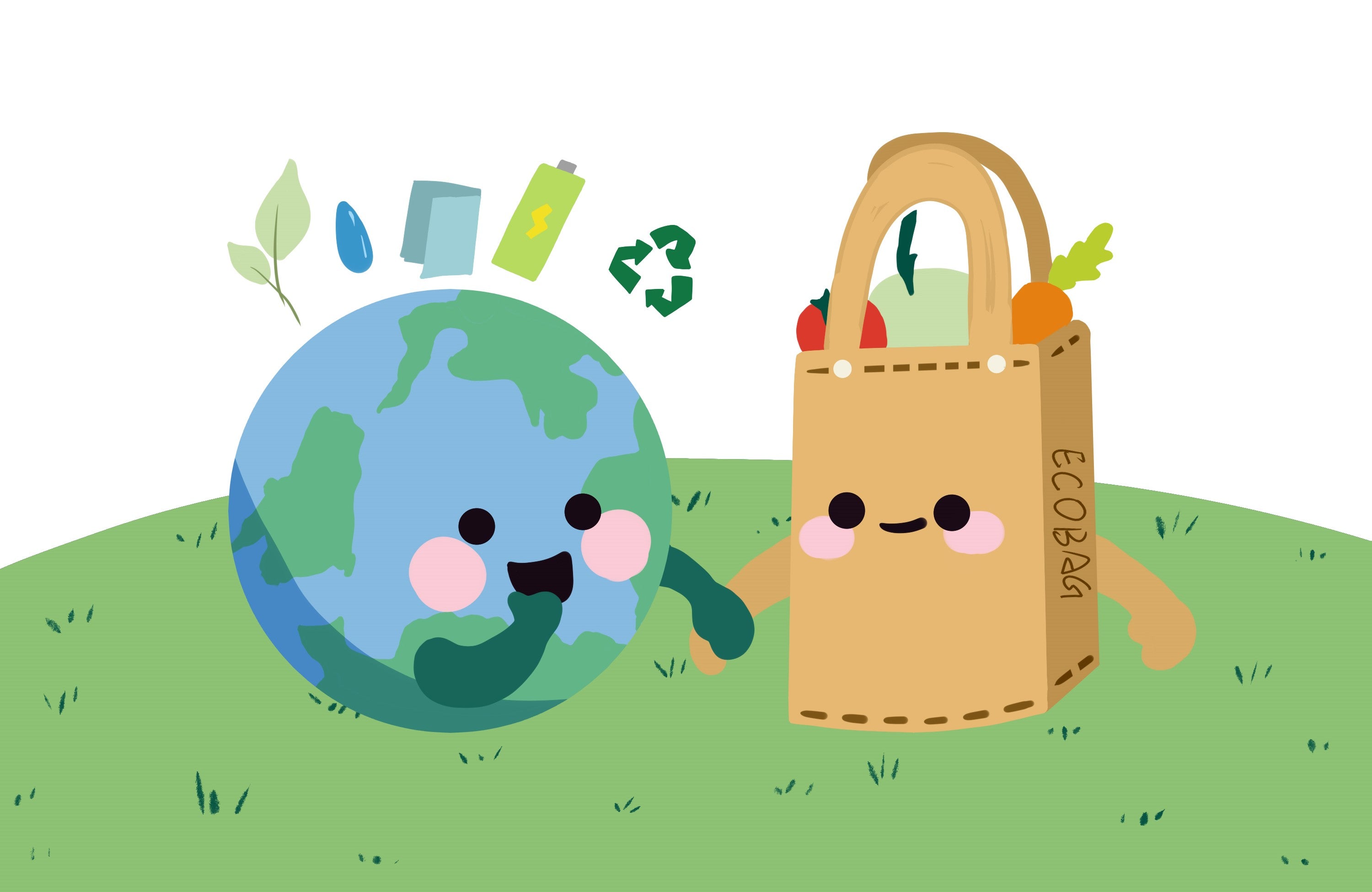
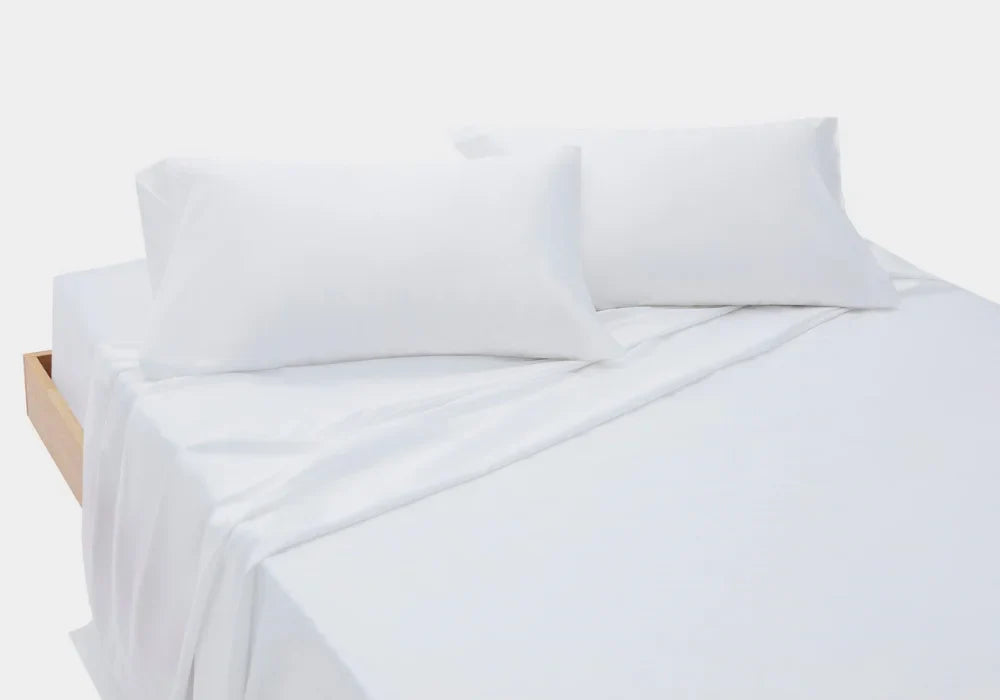
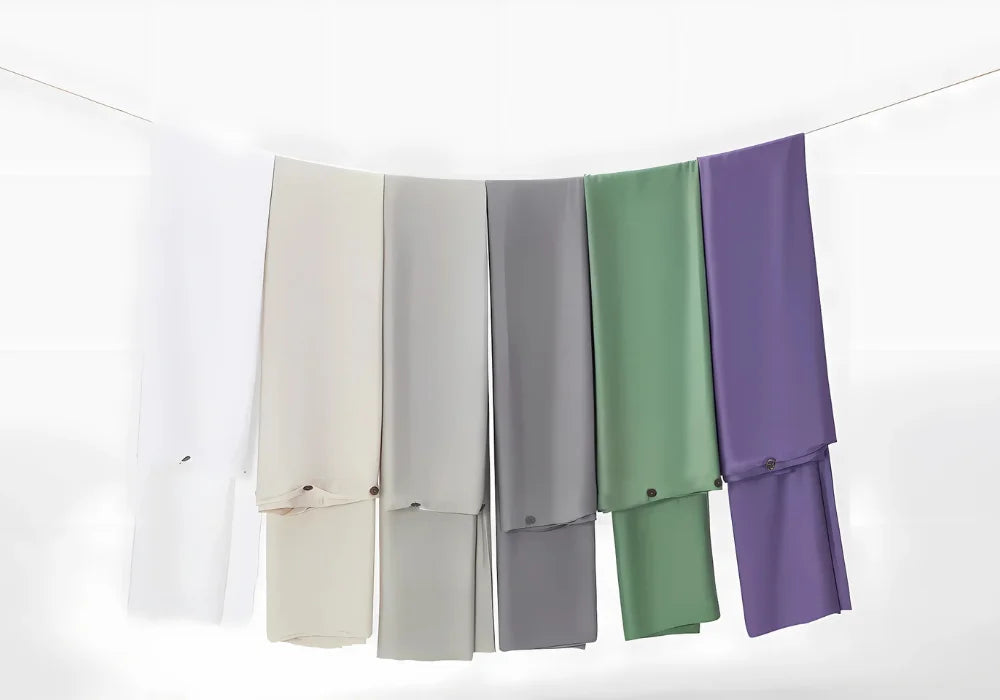
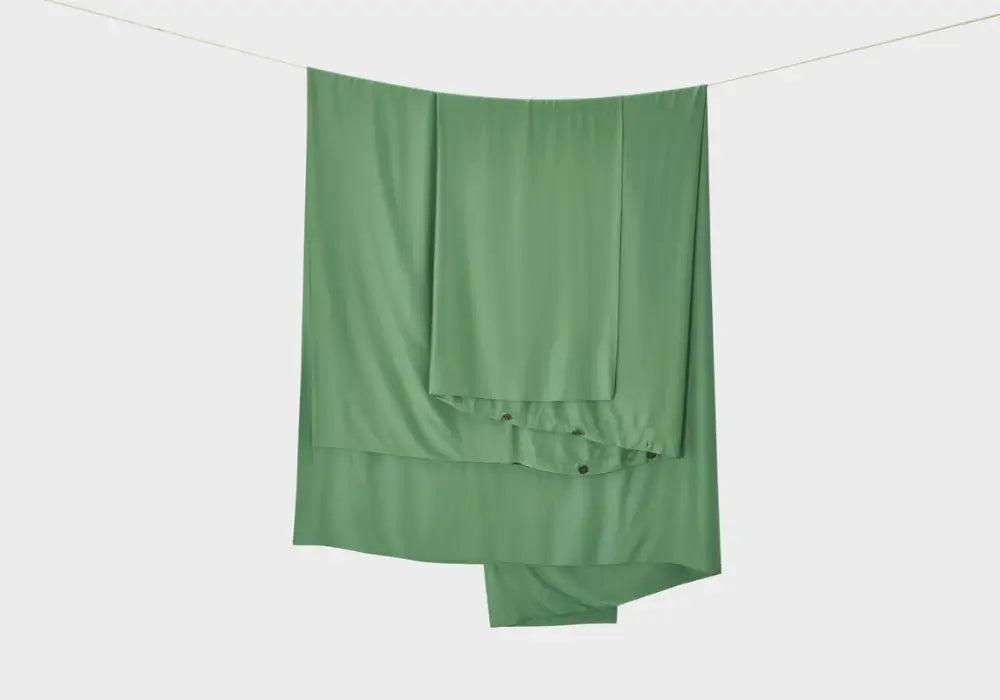
留言
此網站已受到 hCaptcha 保護,且適用 hCaptcha 隱私政策以及服務條款。